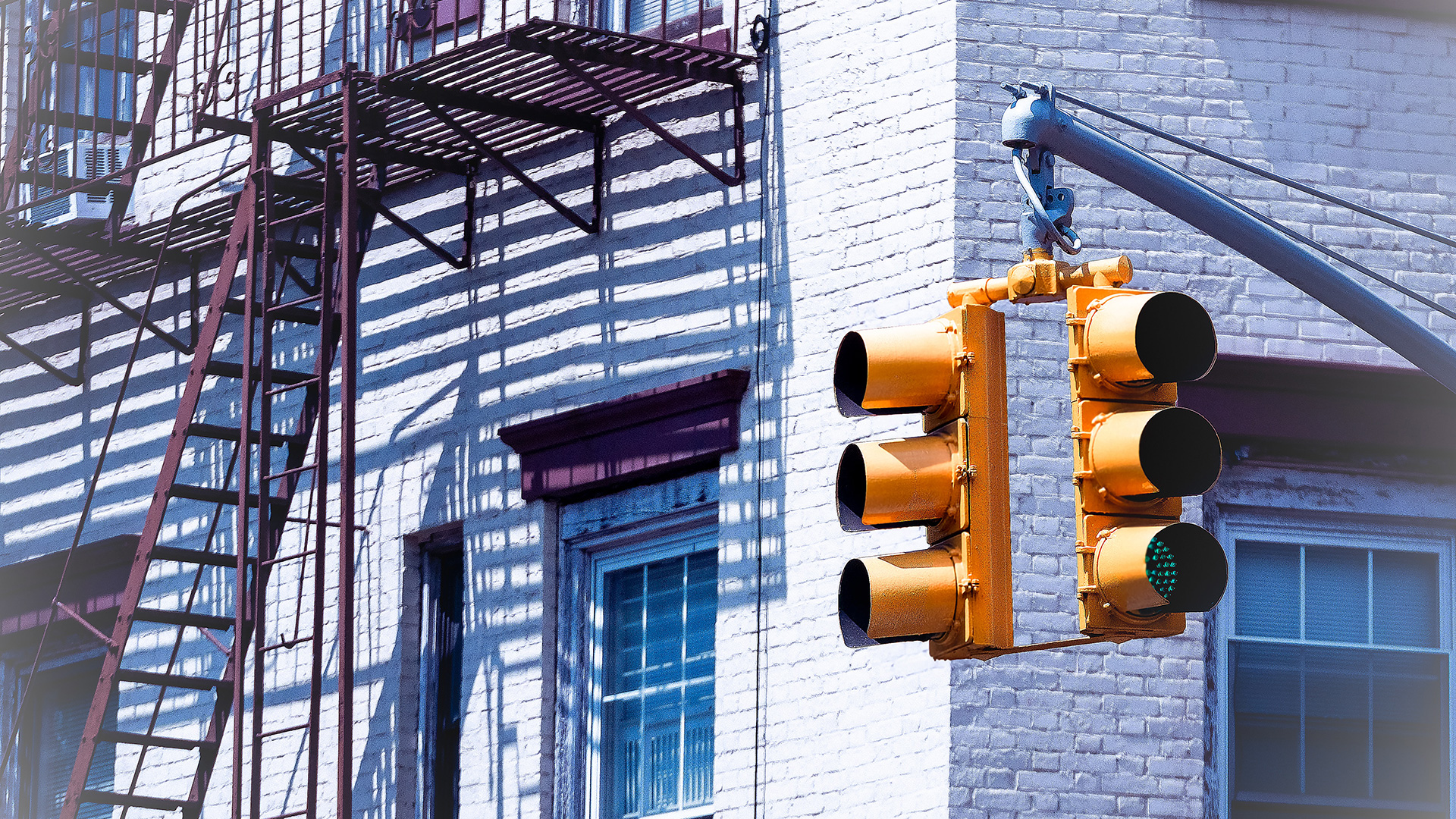Forensic traffic engineering means using a combination of information, data, and witness testimony to piece together the details of a story. When crashes occur at signalized intersections, it’s our job to try and answer these questions: who had the green, who had the red, and who may have been at fault?
We have different ways of gathering information to arrive at reasonable conclusions about what happened—and no, it was not the traffic signal’s fault. Signals are programmed to go into flash mode in a millisecond if conflicting greens are ever displayed.
Although it’s rare we can report back with complete certainty about what happened, we can aid insurance companies by demonstrating whether a driver likely followed the rules at a signalized intersection. Several tools in the toolkit help us to do this well.
1. Review video footage.
When automobiles are equipped with cameras or there is a camera at the intersection, it becomes simple to understand what happened.
In one recent case, we were examining contributing factors to a crash that occurred at an interchange. There was a signal on either side of the freeway, and it was timed so drivers who got a green on one side would always get a red on the other. One driver claimed she got two greens in a row. Analyzing the signal timing plans showed this would not happen at that time of day, and conveniently, a police car came through the interchange shortly after and we got access to the video in their car. It showed them getting a green followed by a red, which is what the signal timing data showed.
2. Analyze traffic data.
We are not always lucky enough to have available video footage, so analyzing traffic data is the next step. We’re traffic engineers by trade, so thankfully scouring pages of data is actually pretty interesting to us, and can be extremely insightful.
Signals use different patterns at different times of day. Based on when the crash happened, we can look at the traffic signal data and understand what signal timing plan was in place. This can be a key piece of information in solving the mystery.
Here’s an example. The driver in question said she stopped at a red light, got the green, and got the green again at the next intersection, where her vehicle was unfortunately hit. We looked at the signal timing plan that was in place at that particular time of day and it gave us reasonable cause to believe her. That’s because if the driver had indeed run the second red, she would have had to run the previous red, too—which is possible but highly unlikely. Running one red light happens, but two in a row is extremely rare.
3. Request witness statements.
Witnesses can be passengers, bystanders, or the drivers themselves. These statements help to fill in the gaps—but it’s important to be discerning with witness testimonies, as it can be easy for witnesses to misremember what they saw up to and during a crash event. This is because until a crash occurs, there is no need to remember what occurred in the moments before the crash.
In one case, we had two teenagers, who had been sitting in the back seat, claim they saw a green arrow to give their father a protected left turn. To better understand their line of sight, I went to a car dealership and sat in the back of the same make and model. From a backseat vantage point, even after contorting my body to be in a very unnatural position, it would have been difficult to see a traffic signal head on a mast arm. Plus, we must remember that young teens generally are not paying attention to traffic signals in the first place. This aided the other information we had collected to provide a reasonable conclusion that the driver may not have had a protected left turn.
Finding the Truth of the Matter
It is our goal to uncover the facts behind each scenario—to not only aid insurance settlements and assist our clients in understanding what happened, but to draw attention to common contributing factors to crashes. Every crash is an unfortunate event, big or small. The work we do can bolster education of safer and more aware driving at signalized intersections, and that’s important.
For more than 30 years, the staff of Kittelson LLC have provided trial testimony, deposition testimony, and declarations as part of clients’ motions before the court. We invite you to learn more about what we do on our website.

